Stem-o-sphere is a student run online science publication that hosts blogs, podcasts, and other content. Each piece is created by students in the Latham Science Engagement Initiative, a University of Iowa science outreach program. Our goal is to make science fun, accessible, and educational. We want to get as many people thinking about science as possible and bringing it into their conversations!
Don't wanna be here? Send us removal request.
Photo
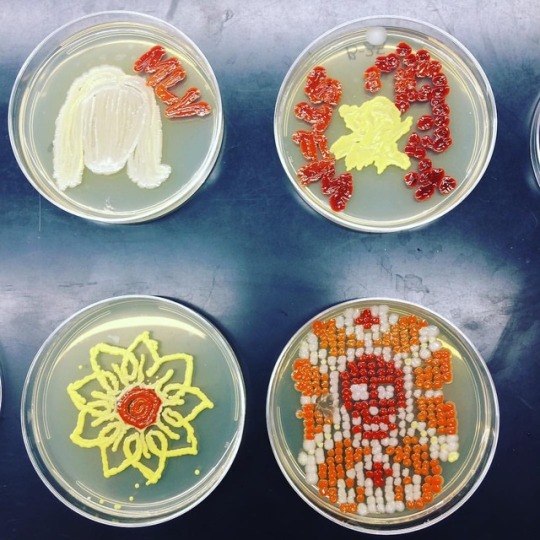
Some #agarart for you today on #STEMsundays ✨You can do much with bacteria but also with science in general! Stem-O-Sphere might be taking a small break for the summer but always remember that science is everywhere, is beautiful, and most importantly, it is FUN!!! Thank you to the Latham Science Engagement Initiative program for allowing us to freely explore how to best communicate science! We sincerely hope every one of our followers learned at least one new thing from our accounts/website! "Science and everyday life cannot and should not be separated."- Rosalind Franklin, discovered the molecular structure of DNA 👀🔬👌
0 notes
Photo

Mineral mining
Saline lakes are a very interesting place to mine minerals. When mountains erode, waters carry trace elements from the mountains downhill until they reach their final destination. If the waters reach the ocean, the ocean just dissolves those elements, but if the water instead is trapped in a basin where it evaporates, it drops those elements in that spot.
Keep reading
50 notes
·
View notes
Video
This is #STEMsundays with Zach! This is for my Electronics class with Prof. John Goree. Our assignment was to build a circuit on our own. I chose to do a sort of adjustable temperature alarm. Basically, the temperature sensor measures temperature and outputs a voltage based off of that. And the potentiometer outputs a voltage in a similar manner, but it's adjustable. When the temperature sensor goes higher than the value of the potentiometer, then the alarm goes off. #phySICK #physics #stemeducation
0 notes
Photo

Sometimes It Snows In April.
Blue Ridge Mountains, Virginia.
882 notes
·
View notes
Video
This friendly little banana slug is helping resolve one of the toughest human diseases in world! By examining the mucus that these slugs make and comparing to mucus from patients with cystic fibrosis, scientists at UIowa are investigating how mucus production affects the severity of the disease! 👀They're actually quite cute, aren't they? 👀 This research is being carried out at the McCray lab, and just to let you all know, there will be a lab tour Snapchat story featuring more of their lab and the different amazing works they do! Stay tuned and check us out @uiowastem on Snapchat!!! #STEMsundays is not over just yet!!!🔬👌👀 (at University of Iowa)
0 notes
Photo
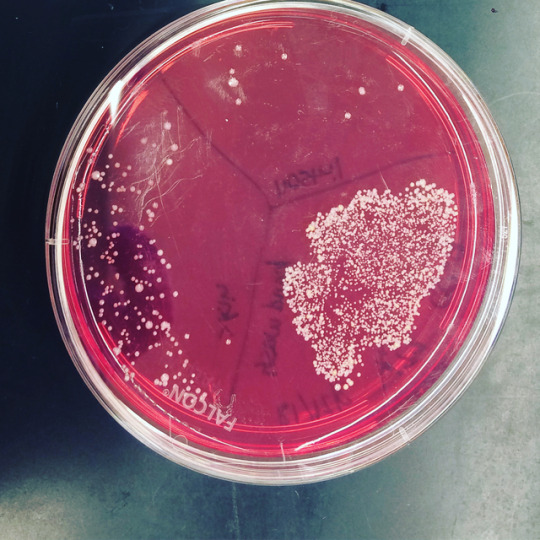
#STEMsundays post today featuring bacteria that you can find on your skin! Between the two plates shown, we have samples coming from hands, a forehead, nostrils, and an ear. As you can see, bacteria can live anywhere, even on you! You may be wondering how is it that you are not sick, but some of the bacteria on these plate are not harmful but may actually be helping you defend from worse things! On the second picture, you have bacteria underneath a yellow area, meaning that these bacteria can ferment as a form of energy production. Fermentation is a type of energy making that does not involve oxygen! Bacteria, even the "good" ones, are scary versatile! Watch out for more content like this next week!!!! #microbiology #microbiome
0 notes
Photo
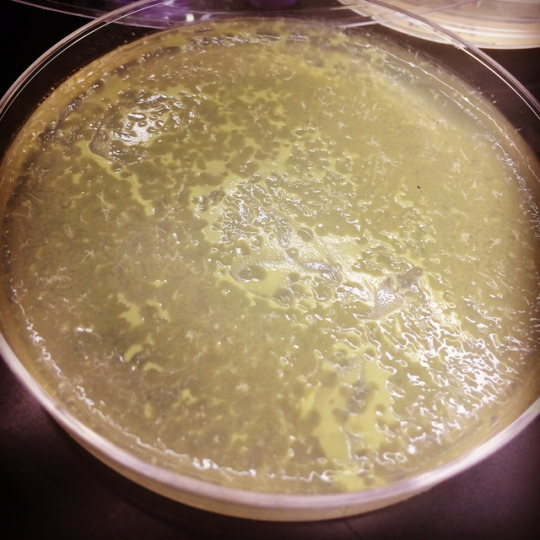
A way your white blood cells protect you from invaders is by eating and kinda "chewing" the bad stuff out of your body, AKA phagocytosis 😋The pictures shown here have lawns of bacteria that were combined with D. dicstellium amoeba. The clearings around the lawns of bacteria, formed after the amoeba were added, are incredible and the reason why this happened is the amoeba ate the bacteria, like WBCs do it! The other pictures show side angles of the plate because what the amoebas do to eat the bacteria is that they form "slugs" (a bunch of amoebas banded together), which stand straight up on the plate like little hairs after they eat bacteria! Freaky science at its best!!!😮😮😮 This is #STEMsundays for you!!!
0 notes
Video
***DISCLAIMER THIS MIGHT BE A LITTLE GRAPHIC FOR SOME USERS*** But this video shows a frog leg twitching thanks to an electric current running through it. In this video, it twitched!!! 👀Some of the other experiments we tried out involved seeing how hard this muscle contracts in reaction to how strong the stimulus is and/or how often the stimulus occurs. When the stimulus occur constantly, the muscle just keeps contracting without rest, and this is also known as tetanus! Your body does amazing stuff to keep you alive!!!! 👌 Tune in again next week for #STEMsundays
0 notes
Photo
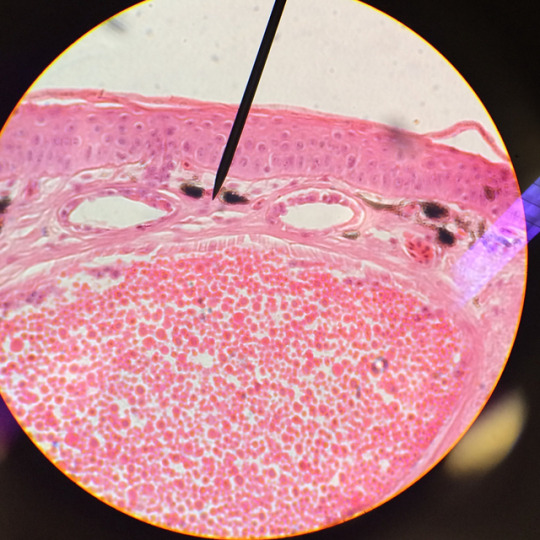
All the cells in your body are different! The first picture shows a sample from an organ that has least four different types of cells in it! One of the types is called epithelial cells, which are the rectangular cells in the uppermost layer of the pic 👀 Next picture shows a really important other type of cell tissue called cardiac! As you might have guessed, it belongs to the heart ❤️❤️❤️It's arranged in parallel lines, which a nice feature that helps the organ contract 💪💪💪The study of tissues and their function within their organism is called histology. Cool, right???? Tune in next time for #STEMsundays and learn more neat stuff!!! #stemeducation #stemed #histology #biology
0 notes
Photo
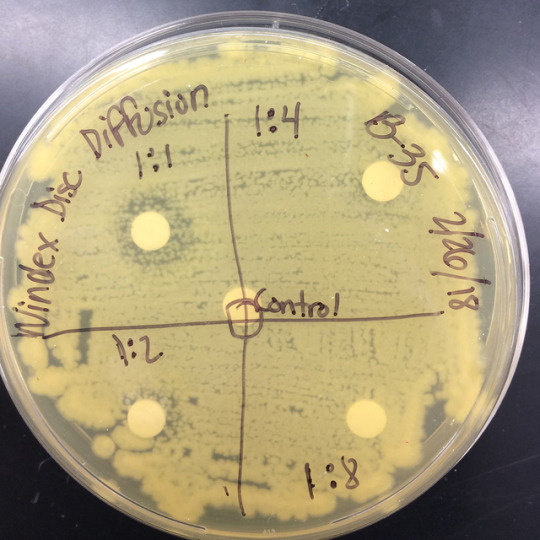
Have you ever heard of using Windex for acne? I decided to put this to the test to see if Windex would have any effect on an unknown culture of bacteria and compare it to an acne antibiotic. I tested this using a disk diffusion assay, where you dip a paper disk on whatever liquid you want to test then place on a plate full of the bacteria of your choice. If your desired liquid has a biocide effect (it kills the bacteria), then you will see a clear zone around your disk! The bigger the clear zone around the disk, then the bigger its "killing" effect! I did the same dilutions of both Windex and Spironolactone to see if there was a difference in effect according to concentration. My experiment control was a disk dipped in sterile water. So 👀 at the results and tell me... is Windex possibly better at killing this bacteria or the Spironolactone meds??? 📝💡🔬#STEMsundays #microbiologylab #stemed
0 notes
Text
Stem-O-Sphere’s Tips and Tricks for Lab Reports!
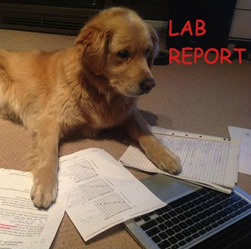
Lab reports. Not the kind that involve Golden retrievers in lab coats. Many consider the writing of lab reports to be the worst parts of their courses due to the sheer amount of information that must be included, the rigid format, the VERY FRUSTRATING GRAPH MAKING, and the analysis of confusing results.
Yet, maybe when your professor uttered the words “lab report”, you felt no sense of dread rising inside you. Or maybe you are so lost that you don’t know how you will survive this class assignment and have started to panic. Or maybe you aren’t losing all your marbles, but you are also not anticipating getting much sleep the night before the due date. Whatever your situation, it is still beneficial for you to read this anyways.
Lab reports follow a basic format. Rest assured, no matter the amount of effort applied at least one point for writing down your name, date, course name and number, and your instructor’s name. 😊 But let’s try to aim higher! So here are some tips and tricks to writing a lab report, from the mind of a fellow surviving science student.
1. START EARLY!!!!!
This may be the single most important way to get ahead of the game. Lab reports will take longer than you will expect, so start as early as possible. Keep reading to find out what else you can do.
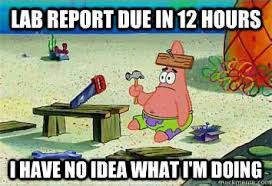
2. The Order
The widely accepted way to tackle a lab report is:
Materials and methods --> Results --> Introduction --> Discussion/conclusion.
In other words, here is the way you would be approaching this: you write what you did, what you got, what was your research question, and how do your results answer your research question. However, there is any other order that works better for you, then go for it! Creativity and originality are also valued in science writing, so experiment with different styles.

3. Captions
When captioning your figures or graphs, mention where they are on the page. Also, make sure that your captions are distinguishable from your writing.
4. Organization
Divide your Materials and Methods section by making each paragraph represent a different experiment or task. It will look like this:
“Collection and examination: To begin my experiment and collect an isolated colony, I chose an environmental location to swab and collect a sample of the bacteria present in this site. The location chosen was…”
PCR amplification: Using the 16S rDNA primers, only the section containing that gene is multiplied. To carry out a PCR, two PCR tubes…”
and so on!
5. Graphics
Your graphics should be legible when printed, however, they should not take up pages and pages of your report! If your report could have been 12 pages with decently sized images but you made the images big enough that it is now 20 pages, your instructors will most likely not be pleased with you.

6. Buzz Words
Here are some zinger words to use when you’re writing! My personal favorites include aliquot, predominate, and utilize.
7. Play Tunes
Play some jams! It helps time go by quickly. But make sure to pick something that isn’t too catchy that it distracts from your writing. One time I started typing the words to “Shape of You” by Ed Sheeran without realizing it in my Results section! Three-hour music videos like this save lives!!!
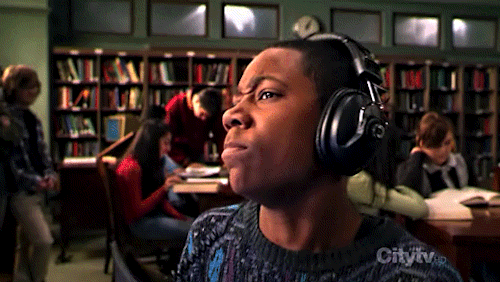
8. Color Printing
If you need to find a place on the UI campus that does color printing, here is a link!
9. Conciseness is a valuable quality in a paper, so watch your page count!
Besides from these tips, I give you a final trick: be confident in your writing. Do not falter from stating your interpretations, since the main purpose of writing a report is to show how you carried out the scientific process. Regardless of whether you are supposedly “right” or “wrong” in your results, your grade is determined by how you able to think through what you did and why did things turned out the way they did.
To conclude, I will leave you with the words of Edward O. Wilson:
“...successful research doesn't depend on mathematical skill, or even the deep understanding of theory. It depends to a large degree on choosing an important problem and finding a way to solve it, even if imperfectly at first. Very often ambition and entrepreneurial drive, in combination, beat brilliance.”

Good luck with your writing! And remember that science is for everyone! Ask us if you have any other questions using the Ask button at the top of our Tumblr page ;D
Follow us on Stem-O-Sphere for content like this and of other types! And reblog to save someone’s GPA!
-Written by Camille Jaime-
#stem#stemeducation#stemed#science#cool science#writeblr#writing#studyblr#study motivation#stemosphere
2 notes
·
View notes
Photo
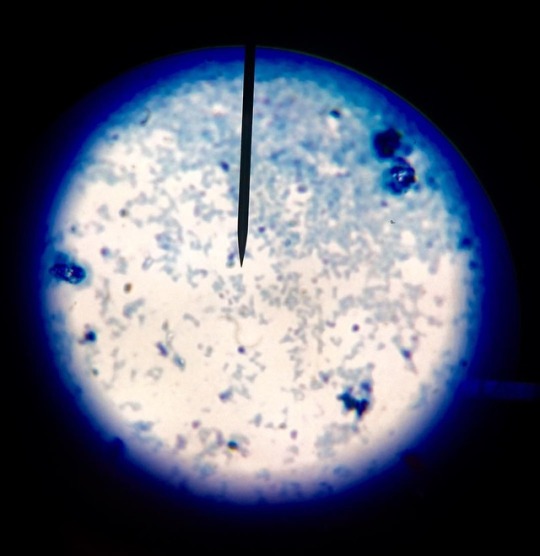
Pictured in light blue are bacteria from the genus called Rhizobium, found in a nodule of plant roots. 🔬🔬🔬It's the little kinda Y-shaped organisms! The bacteria's role in the plant roots is to convert nitrogen in the soil into a form that the plant is able to absorb and use. Nitrogen is essential for plant growth! ☀️🌱Meanwhile the plant gives the Rhizobium carbon, which serves as food for the bacteria. This trade off allows for bacteria like these to be able to replace the role of harmful fertilizers in soil! ✅ in the #STEMsundays series 😮 #stemeducation #stem #biology
0 notes
Photo
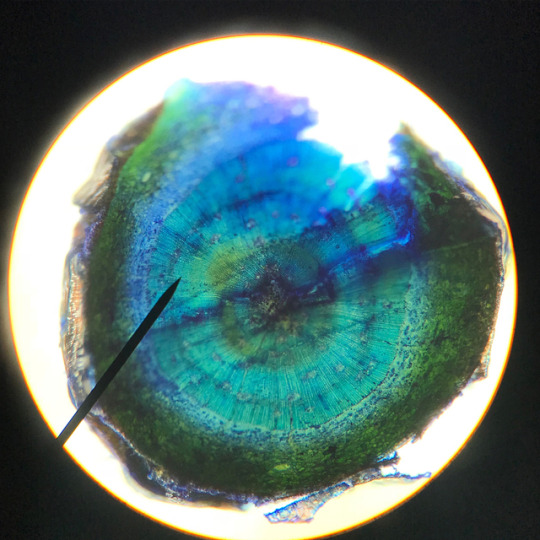
What do we have pictured here? A cross section of a stem from a plant of the pinus genus, meaning from it is related in some way to a pine tree! 🌲🌲This was stained with a type of dye that shows different colors depending on the tissues present. Shown in blue is tissue that helps water and sugars be distributed throughout the entire plant! This traveling is done through tubes, which are visible from the pointer on the second pic! This tissue is known as vascular tissue. Cool, right? In green is ground tissue, which helps the stem keep its structure 😮 And outside layer is the epidermis, which is the skin that holds everything inside. Plant biology is neat! 🌱For more fun science pics tune in next week on #STEMsundays 📸: @katkennedy16
0 notes
Photo
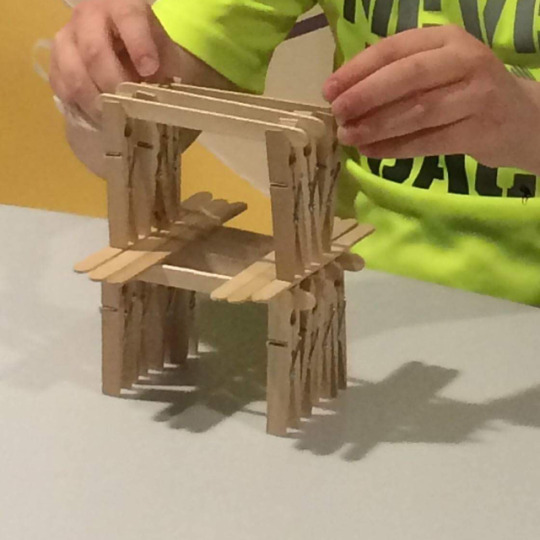
Here is another for #LSEIchamps league: Angela Olvera! Her project is as important today as ever, by working with the new University of Iowa Stead Family Children's Hospital, to bring science activities to kids who are unable to venture outside the hospital buildings. The nights are divided by themes, each about a different science subject such as engineering, geology, biology, etc. She makes sure to include activities that are mobile, for those kids that can't move out of their rooms too! "STEM at STEAD" has become a highlight of these kiddos' week and who could blame them? If you are interested in getting involved, contact Angela Olvera!
0 notes
Photo

New post is about the current dilemma in Cape Town, South Africa concerning water conservation! It's more complicated than you think! Read all about it in the link in our bio 😲🤔 #stemnews
0 notes
Photo
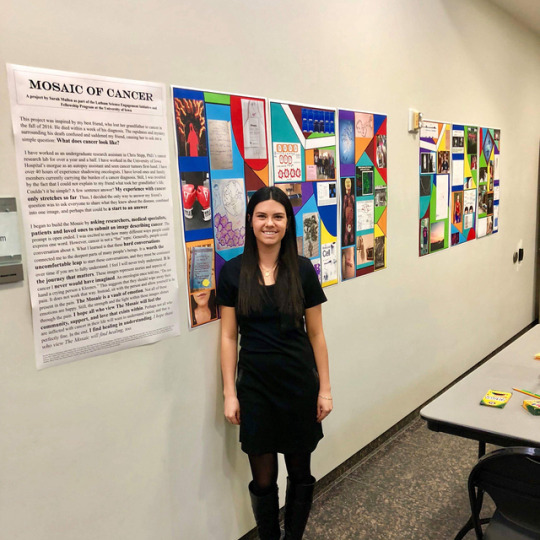
Latham fellow Sarah Mullen's project is unlike any other! Her project goal is to bridge the gap between scientists, patients, and doctors. What is the link? Cancer. Through a pictorial illustration using different people's visual representations of what cancer looks like, she has been presenting her work called "A Mosaic of Cancer". Her venue is through the University of Iowa's Hospital and Clinics Education Program but don't be surprised if you see her project sometime soon! #LSEIchamps If you are interested in contributing to Sarah's mosaic, check out this link for more information: https://www.facebook.com/groups/140471066666555/about/
0 notes
Text
sodium sodium sodium sodium sodium sodium sodium sodium BATMAN
3K notes
·
View notes